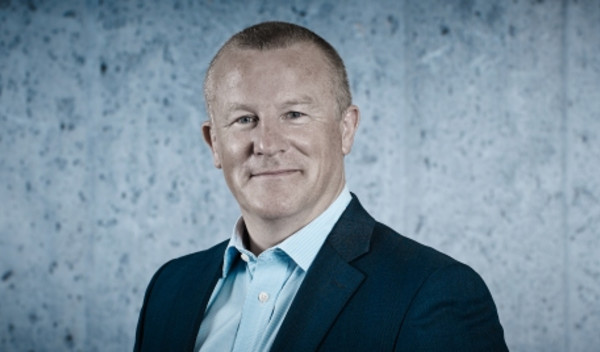

Neil Woodford kept up his tradition of breaking the mould on fund charging last week when he revealed the fee structure on his upcoming investment trust.
The fund-manager-turned-entrepreneur spectacularly pulled the rug out from under his old firm Invesco Perpetual in late 2013 as he quit and launched a boutique, Woodford Investment Management.
Having launched the new firm in the wake of the RDR, Mr Woodford had the luxury of designing an ultra-modern charging structure for its flagship Woodford Equity Income fund.
Rather than charging a basic annual management charge with variable service charges added on top, he opted for a fixed, low, all-in fee.
Amid a climate of criticism of active fund fees, many established UK asset managers would love to switch to the same structure, but the costs involved in agreeing this with existing clients are prohibitive.
Now Mr Woodford has said his next fund, the Patient Capital Trust, will not charge any annual management fees at all and will exist solely on a 15 per cent performance charge on any returns over an annual 10 per cent absolute-return hurdle.
The trust is likely to be well hyped. A leaked sell-side research note from bookrunner to the trust, Winterflood Securities, reportedly hailed the charging plan as an “impressive commitment” to shareholders.
But the reaction from more independent commentators was less effusive. Rathbones’ multi-manager David Coombs said the charge was “gimmicky” and a turn-off.
Another researcher reportedly warned there was a history of venture-capital funds taking performance fees on unrealised gains on unquoted holdings – something Mr Woodford’s trust will invest in – only to then lose much of those gains later.
I don’t see what Mr Woodford could be expected to do about that. If the trust waited for unquoted holdings to reach initial public offerings or be merged or bought before charging fees on their returns, then investors who sold out before then would have enjoyed fee-free returns on those holdings.
My concern with the performance-fee-only structure is that in deep, long bear markets the trust could go for years without gaining 10 per cent. It may be buying some unquoted stocks, but the trust’s asset performance is still likely to be very market-correlated.
In bear years, will the trust effectively be subsidised by investors in Mr Woodford’s mutual fund, who will continue to pay asset management charges whatever the weather? Is that fair to them?
I also worry that obliging the trust to gain at least 10 per cent a year in order to pay its way could be an incentive for excessive risk-taking, something Mr Woodford is popular for not doing.
Top marks for innovation, but I wonder if the maestro has been a little too bold here.
John Kenchington is editor of Investment Adviser




